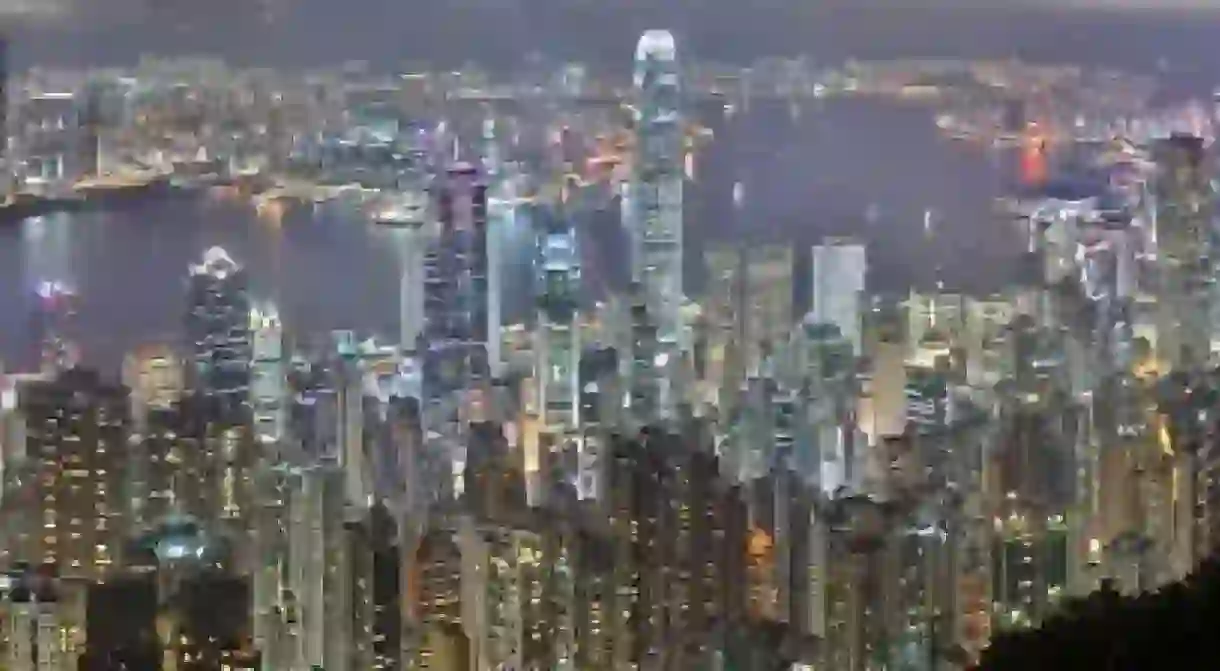The Best Of Hong Kong Architecture: Top 10 Buildings

Hong Kong is a place of great dynamism and culture, filled with both contrasting and complementary elements that combine to produce vibrant color and artistry. With a skyline that is considered to be one of the best in the world, it’s unsurprising that locals are proud of the region’s architectural prowess. Culture Trip takes a look at the ten architectural sites that best represent this incredible mixture of traditional design and contemporary flair.

Heritage
Building, Shopping Mall

Blue House
Noted for its unintentionally vivid exterior – the striking blue was not intended to be a deliberately confronting move, rather it was the only color the decorators had to hand – The Blue House is a relic of 1920s architecture cheerfully blending aspects of both Western and Chinese architecture. Also known for housing a kung-fu studio in the 1950s and 1960s, the site still has occupants residing on a permanent basis – despite the lack of modern flushing toilets. Blue House is also renowned for hosting the Wan Chai Livelihood Museum, where visitors can take a closer look at the typical living quarters that characterize the space.

The Center
Building

Central Plaza
Building

Cheung Kong Centre
Building

Chi Lin Nunnery
Buddhist Temple, Shrine, Building, Architectural Landmark, Historical Landmark

Court of Final Appeal
Building, Museum, Park
Flagstaff House of the Museum of Tea Ware
Building, Museum, Park

HSBC Main Building
Building














